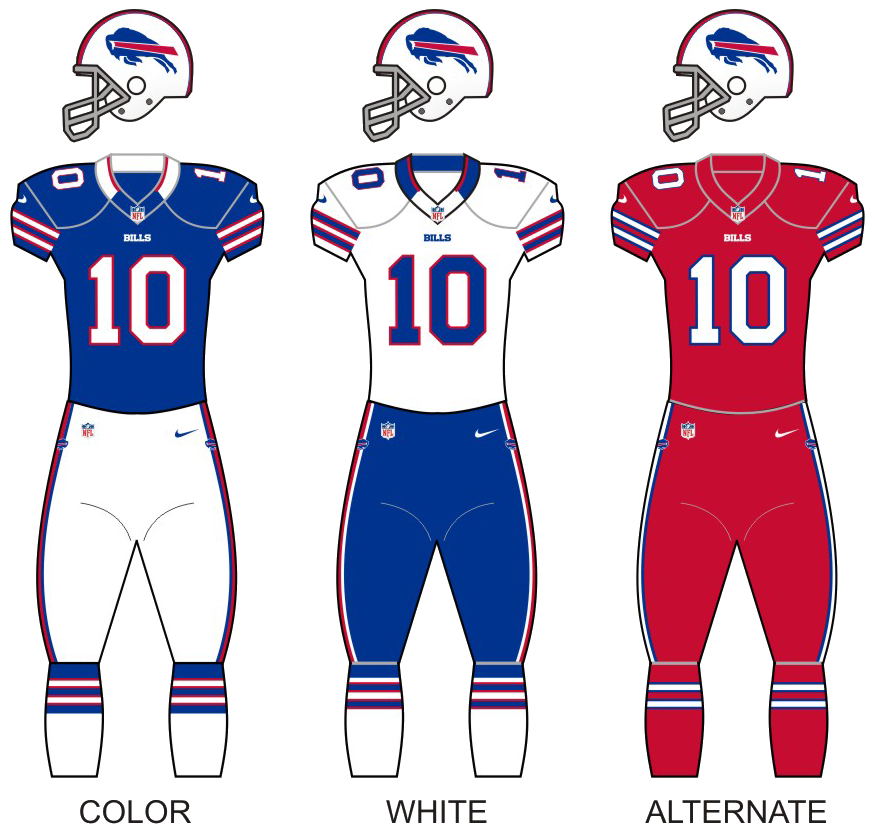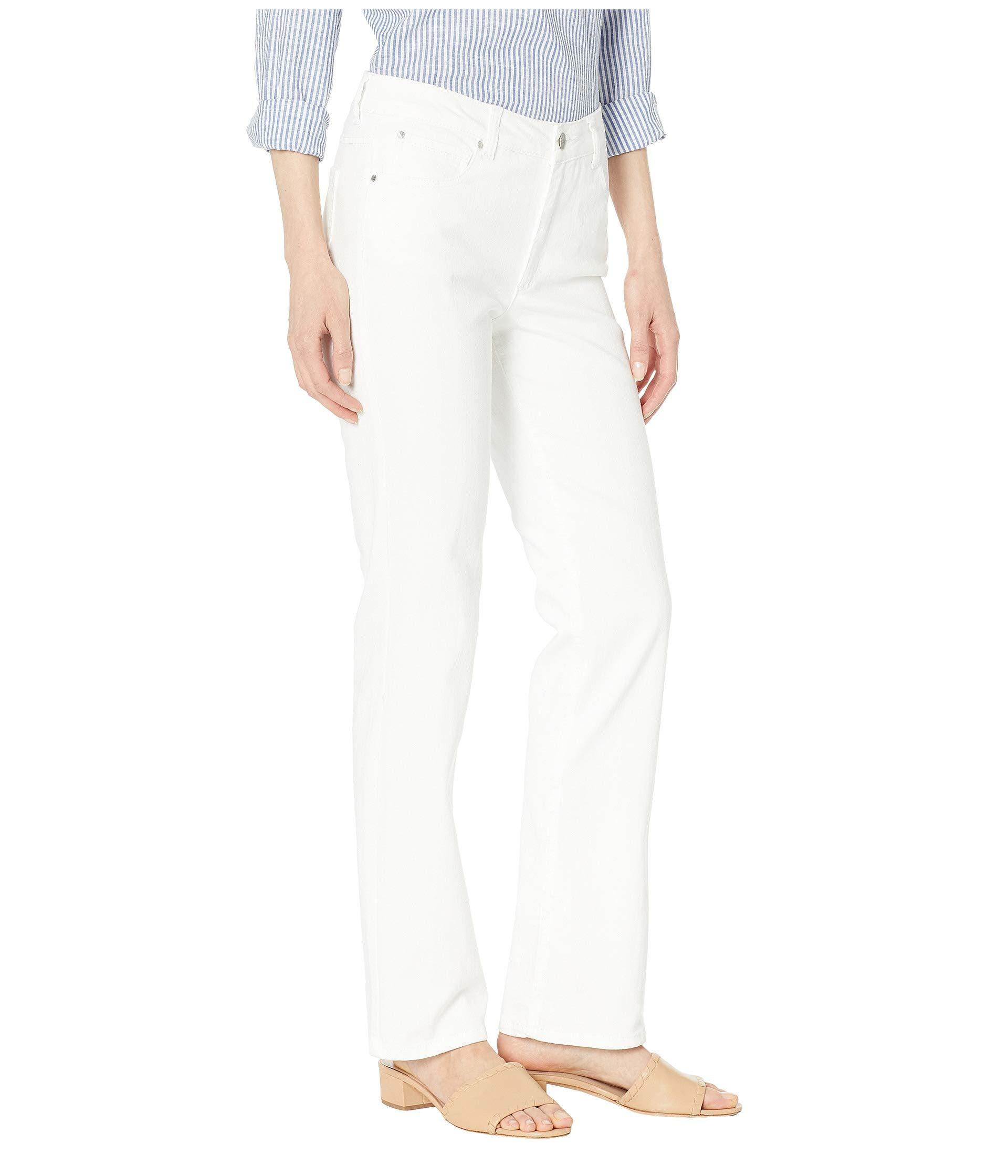Table 1 describes The Dirty Dozen otherwise known as the most common foreign materials found in foods their potential for causing injury and some sources for these materials Table 1. Bell and hot peppers.
 Viewpoint Environmental Working Group S Dirty Dozen List Highlights Meaningless Distinctions Between Organic And Conventional Foods Genetic Literacy Project
Viewpoint Environmental Working Group S Dirty Dozen List Highlights Meaningless Distinctions Between Organic And Conventional Foods Genetic Literacy Project
Buy organic varieties of these crops if you want to avoid genetically modified produce.

What are the dirty dozen foods. Kale was on the list for the first time in 10 years and ranks third. Following are the Top Five of 2017s Dirty Dozen you can find the entire list of produce here. The agricultural industry is addicted to pesticides and the entire world is paying the price.
For produce on the dirty list you should definitely go organic unless you relish the idea of consuming a chemical cocktail. The 2019 Dirty Dozen Foods List. Department of Agriculture USDA announcement released in October 2020 examining pesticide residues for a variety of foods noted that for over 25 years USDA has tested a variety of commodities including fresh and processed fruits and vegetables dairy meat poultry grains fish rice specialty products and water The study conducted annually concluded that over 99 percent of food.
Strawberries top the 2018 Dirty Dozen list followed by spinach and nectarines. Additionally dairy products meat seafood grains and other food categories account for a big percentage of overall diet and unless everything you eat is completely organic youre still getting some pesticide exposure. This article has been updated to reflect the 2021 EWG Dirty Dozen and Clean 15 lists.
CNNStrawberries continue to lead the Dirty Dozen list of fruits and veggies that contain the highest levels of pesticides followed by spinach a trio of greens -- kale collard and mustard. Bell and Hot Peppers. The US Environmental Protection Agency EPA reports that global pesticide use in 2012 amounted to approximately six billion pounds.
A small amount of sweet corn papaya and summer squash sold in the United States is produced from genetically modified seeds. The Dirty Dozen is a phrase that refers to 12 dirty crops that farmers use the most pesticides on. Bell and hot Peppers.
Comparatively fewer pesticides were detected on these foods. The 2020 Dirty Dozen Foods List. If you love strawberries spinach grapes or any of the other foods on the Dirty Dozen list but want to.
Alternatively the Clean Fifteen refers to fifteen. The Environmental Working Group released its 2021 Dirty Dozen list a Shoppers Guide to Pesticides in Produce and it serves as a solid reminder that we still have a lot of work to do when it comes to cleaning up the food system. Strawberries the most contaminated sample contained residues of twenty different pesticides.
Lets take a closer look at the Dirty Dozen and determine whether they are realistic hazards and how a food company can go about detecting controlling. Dirty Dozen produce is a good base for a list of foods to buy organic. The Dirty Dozen Food List for 2021.
Shares her surprise We were surprised kale had so many pesticides on it but the test results were unequivocal. Several foods on the list contained multiple pesticides including some that have been banned in Europe. The Dirty Dozen vs The Clean 15.
Kale collard and mustard greens. Celery The EWG also have a supplementary warning that small amounts of sweet corn papaya and summer squash are from genetically modified seeds. Avoid them like poisonbecause they are.
The 2021 Dirty Dozen Foods List. Avoid them like poisonbecause they are. EWG Toxicologist Alexis Temkin PhD.
Kale Collard and Mustard Greens. The Dirty Dozen list includes.









/ChocolateWaffles10-03cf057d577a4609a2acc59f7d4339ef.jpg)
